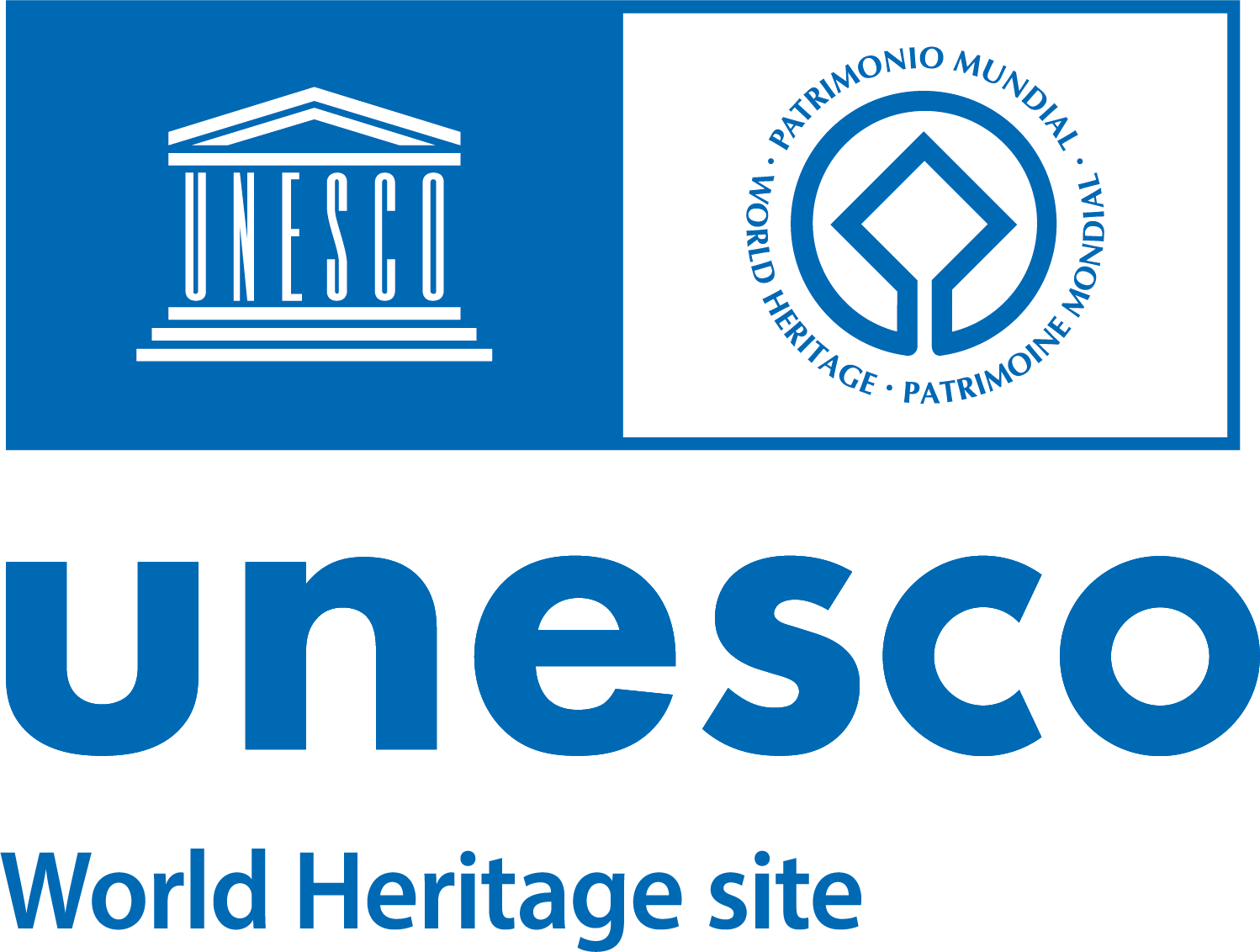Probably built in a more advanced position with respect to the Leonine Walls, on the site of an original postern gate next to the Vatican Gardens, Porta Pertusa was a service entrance to the Curia. Before it was built, the Vatican Gardens could only be accessed through the Porta Viridiaria, built by Leo IV (847–855) near the Vatican basilica.
Looming over the gate is the imposing presence of the Torre di San Giovanni, part of the walls of Nicholas V (1447–1455).
The current gate, dating to the construction of the 16th-century circuit of walls, was commissioned either by Clement VII (1523–1534), or, more probably, Pius IV (1559–1565), when he extended the walls. It is currently walled up.
It is a large gateway with an architrave and two small side entrances framed by a double pair of pilasters in smooth ashlars. It is still possible to see the Medici coat of arms above. The gate was the preferred entrance for those coming from the Via Aurelia and led to Via delle Fondamenta, behind the apse of the basilica of Saint Peter’s. It had already been walled up by 1655 but was opened again when Queen Christina of Sweden visited Rome incognito. In 1832, the year when Luigi Ricciardelli’s print was produced, the two side entrances of the gate, erroneously identified as Porta Fabbrica, were once again walled up.
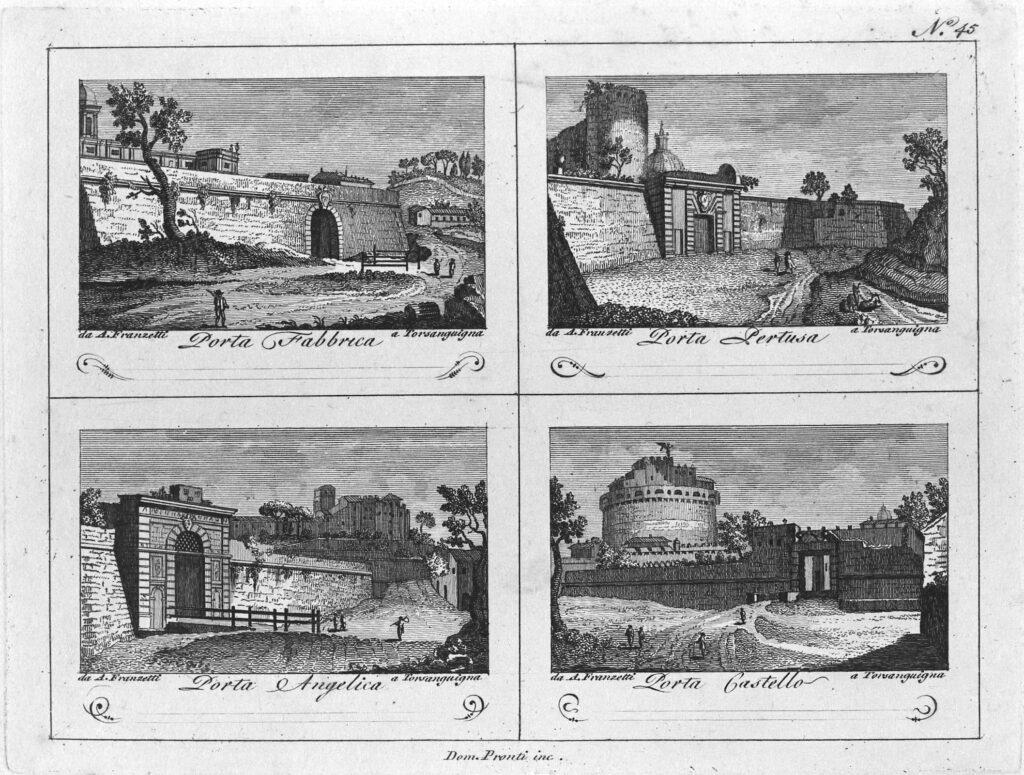
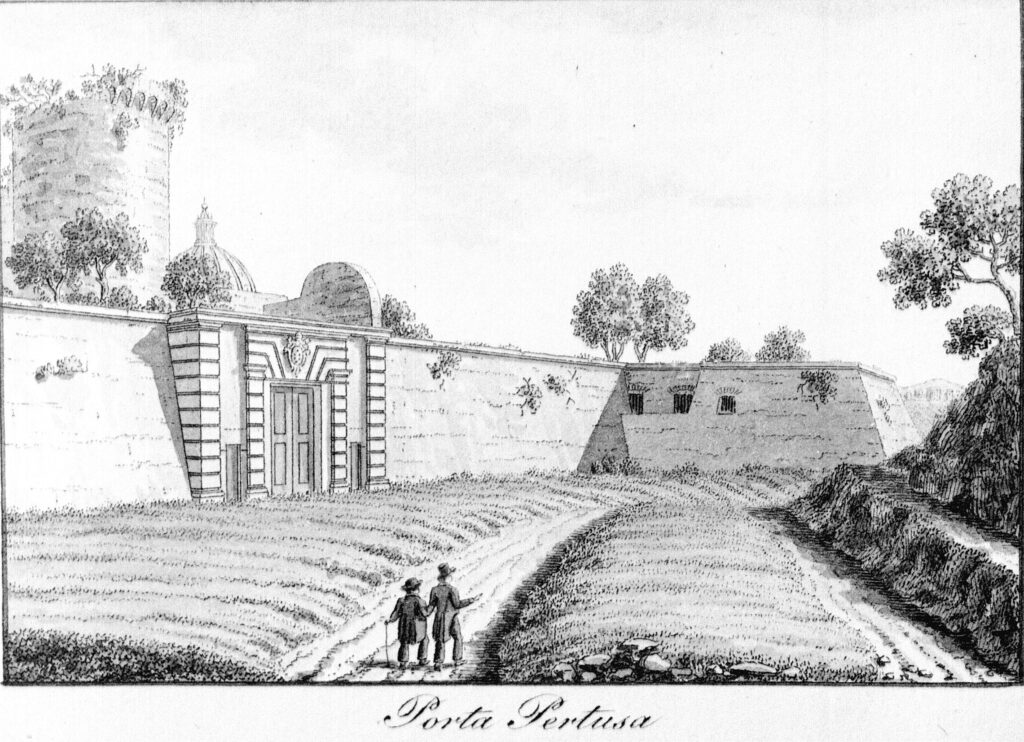
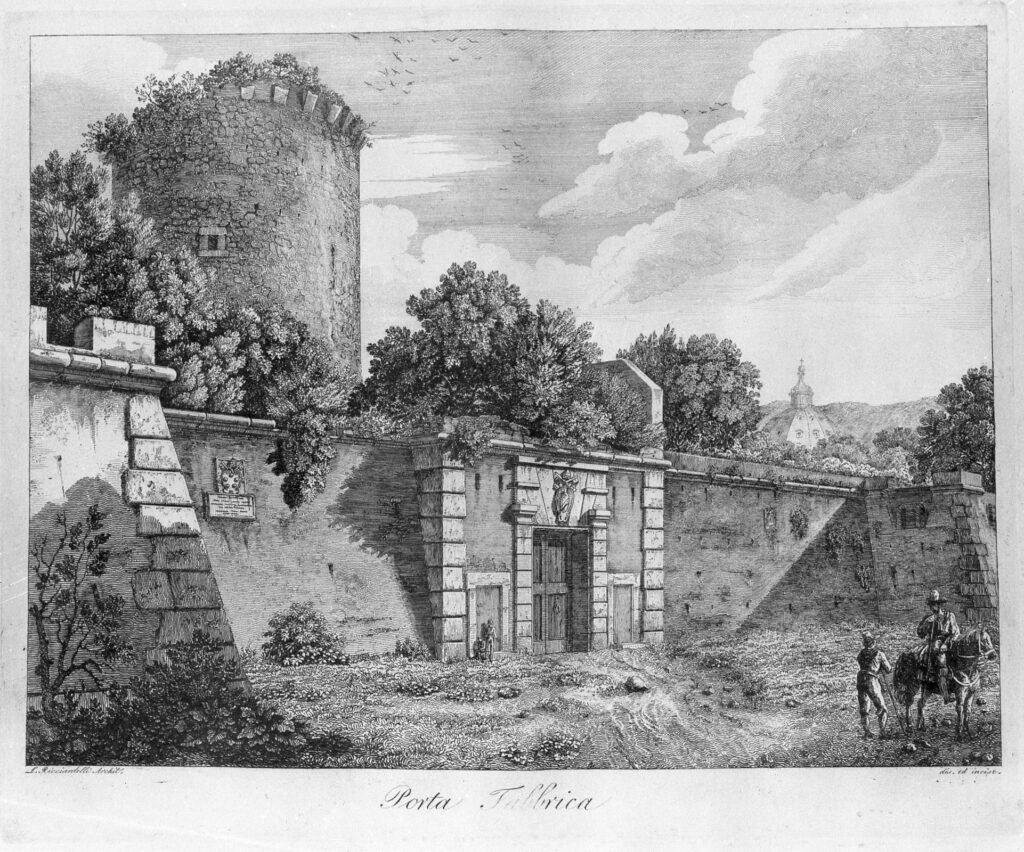
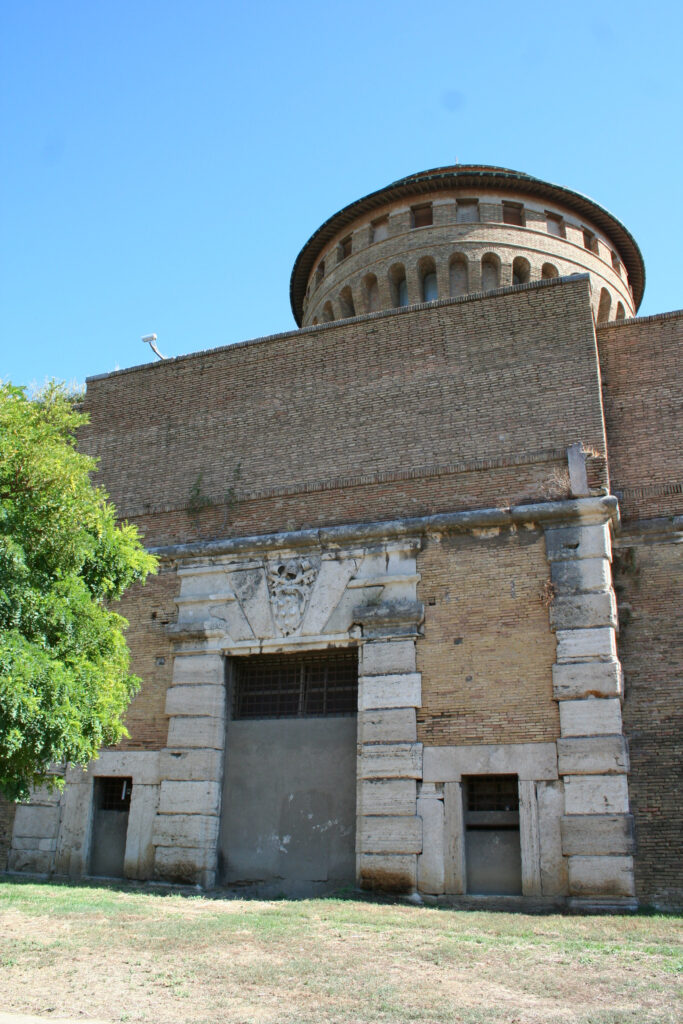
2. G. B. CIPRIANI, View of Porta Pertusa and the surrounding walls, c.1817, watercolour etching.
3. L. RICCIARDELLI, Porta Pertusa, 1832, etching.
4. Porta Pertusa


